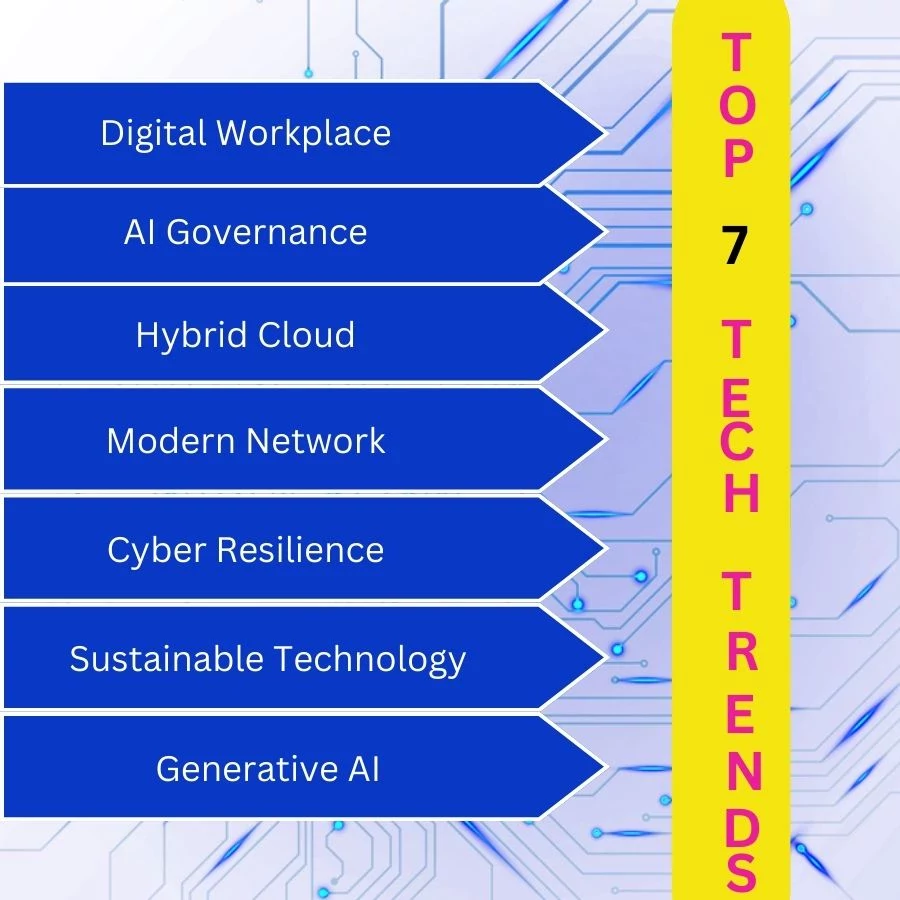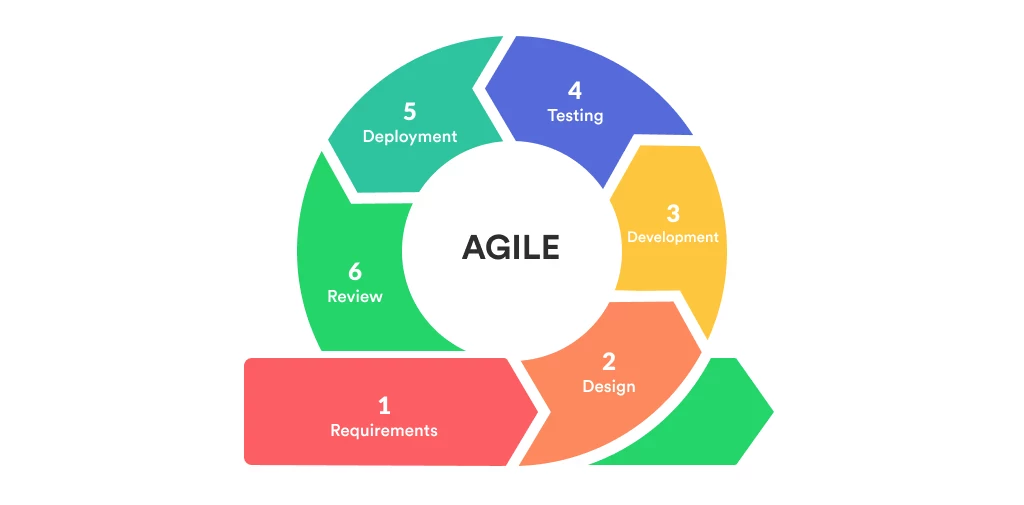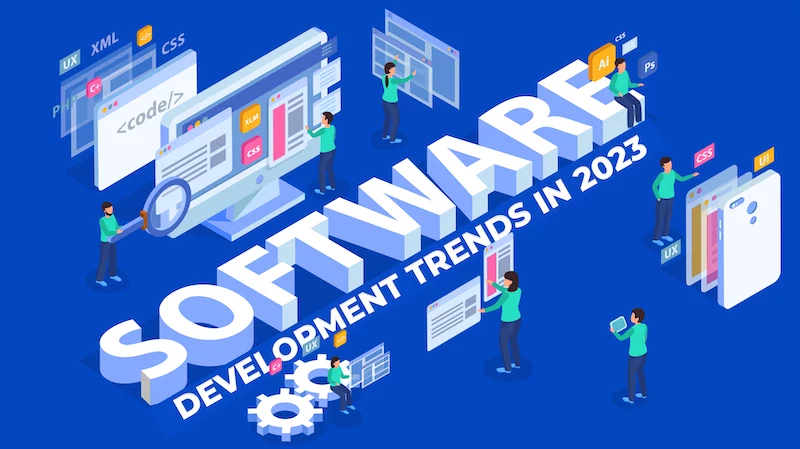
Hey there, tech enthusiasts! Sick and tired of this “traditional” way of developing software? Great, you’re at the right stop — we’re going to delve deep into the land of Agile software development. In this post we’re going to explore what Agile is, why you definitely should embrace it, and then we’ll prove it with the latest studies and data. All right, so put your virtual hard hat on and let's go down the Agile path together!
In essence, Agile is a flexible and iterative approach to software development. Different from the old-fashioned Waterfall model, Agile promotes constant interaction, adaptability, and quick delivery.
One of the basic principles of Agile is its iteration cycle known as Sprint which usually spanned from two to four weeks thereby enabling teams to deliver workable features faster.
Research shows that Agile projects succeed 28% more often than traditional approaches and deliver more satisfied customers. Customers get to see progress as soon as they want and have a chance to give feedback during the development phase.
Continuous testing and integration within agile result in a significantly reduced number of bugs for the end product. This means less re-work and cost savings.
The agile methodologies make the release of new features more frequent giving your product a competitive edge in dynamic marketplaces.
Feedback loops and adjustments keep the project ready to tackle uncertainty and change.
Teams operating inside of an agile organization often have higher engagement, more innovation, and greater passion (and as a result, usually deliver stronger results).
Let's look at some real-world examples of Agile success:
Spotify adopted the “Agile” methodology and scaled it to suit their rapid growth. This lets them continually innovate on their product, respond to user feedback in real-time, and ultimately take over the music streaming market.
The Android team at Google has adopted Agile leading to shorter development cycles with quicker responses making for a better Android experience as a whole.
With the Agile transformation of the subscription billing platform starting in 2015 at Cisco Systems, Inc., the journey continued to progress with turbo speed ahead! This transformation resulted in significant improvements:
✅️ 95% of Agile-practicing organizations say it helps manage changing priorities better, according to VersionOne’s latest research. ✅️ Agile projects are roughly 1.5 times more successful than traditional projects. ✅️ The reported success rate for Agile projects is 64%, while the success rate for Waterfall is only 49% ✅️ A McKinsey study showed that agile organizations are 1.5 times more likely to be in the top quartile of financial performance in their industry.
Invest in Agile training for your team. Certifications like Scrum Master can also reveal important aspects that will help in making the right decision.
Utilize Agile project management tools such as Jira, Trello, or Asana to simplify the approach and improve team workings.
Veteran Agile coaches will help lead your team into transitioning to an Agile approach while setting up Agile best practices.
Measure the progress with agile metrics (velocity, burn down charts, cycle time) and use this information to detect bottlenecks and make data driven decisions. Monitoring and analyzing the same metrics is crucial in ensuring your teams move forward with constant growth.
Transparency is of high importance in agile practices . Make sure that the project status, prioritization, and impediments are transparent to everyone on the team, as well as stakeholders and customers. This builds trust as much as anything, and creates the basis for truly effective cooperation.
Agile focuses on the ability to accept and adjust to changes. Encourage your teams to adapt, embrace failure and continuously improve Agile practices to keep them reactive and delivering customer value.
With the quickly transforming technology industry, adopting Agile Software development isn’t just an option; it’s a matter of survival. Agile powers teams to be more reactive, creative and bring value faster. The evidence from research and numerous success stories confirms that it’s a sure road to success in the digital age. So, why wait? Get started on your Agile journey today and soar high with your projects.

Top 7 Tech Trends Business Leaders Should Watch Out For

Agile Software Development

Top 10 Softwarе Dеvеlopmеnt Trеnds in 2023

What to Expect When you Hire a Front-End Developer

Ways to Improve IT Infrastructure

Outsourcing Web Development: Ultimate Guide

Crafting the Perfect Lead Magnet: From Idea to Execution

5 Strategies to Monetize Your Mobile App Successfully

The evaluation and upscaling of IT governance

Top 7 Tech Trends Business Leaders Should Watch Out For

The Future of Virtual Reality in Entertainment and Gaming

How to optimize your website SEO

Navigating Legal and Ethical Issues in Contract Recruitment

How to Compose a Developer Job Description
